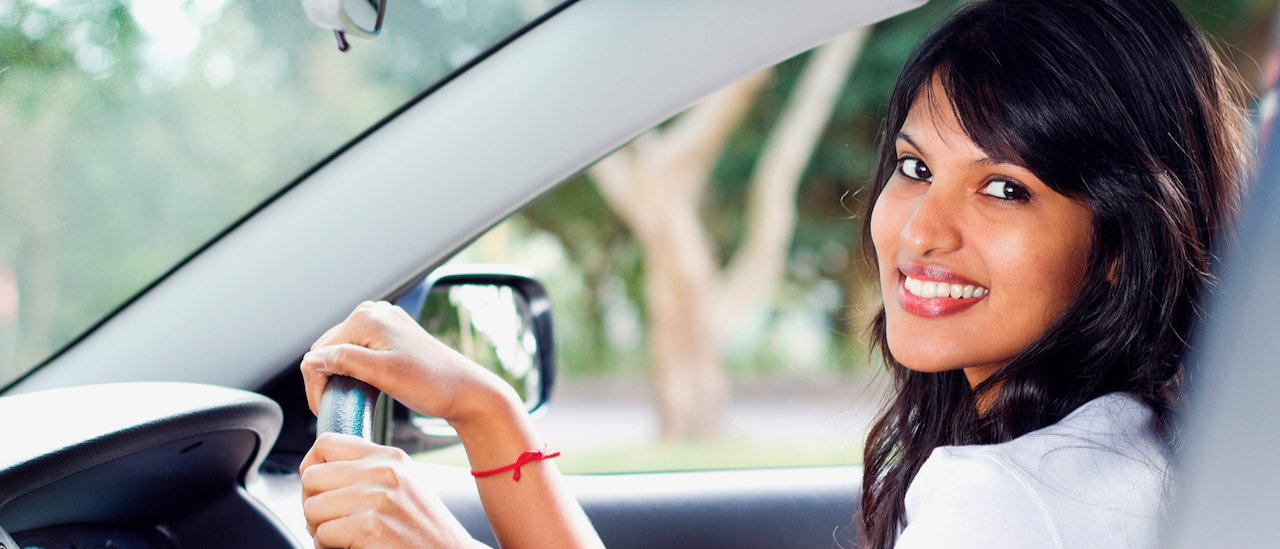
How to be a safer, kinder driver
Andrew Kerr lays down some challenges for drivers of all ages and stages.
10 tips for how to be safer and more courteous on the road
Review your rubber
It’s all very well having a car with a five-star safety rating, but heavily worn or damaged tyres diminish benchmark safety.
Switch to nine and three
Although many of us learned to drive with hands at ‘ten to two’ on the steering wheel, ‘quarter to three’ is now the way to go. This position allows better steering control, keeps your wrists clear of the airbag mounted in most wheel centres and usually means you can work indicators, wipers and even the horn without removing a hand from the wheel. An added bonus is that on long, straight stretches of road, having your hands at nine and three allows you to tuck your elbows into your sides to keep the wheel dead straight for long periods with minimal effort.
Consider your position
Some people drive a car for years without realising how much they can adjust their seat and steering wheel (both reach and rake) for optimal comfort and control. Find a position in which the weight of each arm is split between wrist and shoulder, and pedals are pressed by the ball of the foot. Then adjust your mirrors to suit with your head in a normal driving position.
Stay onside with cyclists
Cyclists are vulnerable if they don’t have a dedicated cycle lane. Parked cars and pinch points can quickly bring them into your path and they don’t have rear-view mirrors to monitor the risk from behind. Only overtake cyclists when you can give them plenty of clearance, at least 1.5m. Resist being pressured by the car behind you to overtake.
Break out smoother moves
On motorways, abrupt lane changes heighten the risk of two cars converging in the same lane. When changing lanes, indicate early, double-check your blind spot, and make the move gradually, not suddenly. Give yourself the time and space to retreat if necessary.
Be streetwise
Reverse into car parks whenever possible to reduce the risk of a low-speed collision and risk to pedestrians when exiting a space. On a shopping strip, if the car ahead is attempting to reverse parallel park, hang back and let them make the manoeuvre. And more and more driveways have walls or plantings that restrict driver visibility at the entrance. Come to a stop and look both ways for people on the footpath before you slowly emerge.
Get more from your gears
If the Sport mode for your automatic transmission is pretty much redundant, make a point of exercising it. It’s useful to know how it affects performance and is an asset when overtaking.
Be smarter with the phone
We all know that messaging while driving is a serious no-no, so send a message before driving that excuses your unavailability or potential lateness. Then sit back, relax, and concentrate on the drive.
Accentuate the positive
Acknowledge good driving and the courtesy of other drivers whenever possible. They will appreciate (even expect) the gesture, whether it’s a quick wave, a flash of your lights or a gentle toot. You’ll also feel good for the interaction.
Start a safer driving conversation
There’s a time and a place to tactfully critique someone’s driving, regardless of their level of experience. That time is seldom when they’re trying to negotiate a busy intersection! With a learner driver, perhaps point out errors other drivers are making, thus encouraging them to observe and concentrate harder. Or leave the observations until the end of a trip when you can reflect on what went wrong and offer constructive feedback.
Reported by Andrew Kerr for our Autumn 2022 issue
